Hello access!
This week we requested that Mary (our intern) upload our whole curriculum up, so we could work on our own pace. You’ll notice that each of the RETs will be doing their own thing. We started the week with our reading- and we posted up some questions. The reading highlighted that the MPII gaze was significantly better than the other previous attempts at gaze detection. I followed Eureka tutorials to start with OpenCV, but I decided to change from PyCharm to Sublime- due to how slow PyCharm was on my school laptop.
Minor Setback and Over the Hump
Despite changing from PyCharm to Sublime, I caught up and I was able to get face and eye detection through haar cascades. I wanted to check if my glasses were the reason why one of my eye seemed to be longer than the other- however, that did not change. I wrote down the steps and initial code for this task. I’ll be using Cognitive Load Theory (CLT) in class to assist my advanced students in completing this assignment. Thanks to @JimmyNewland for introducing this theory to all the RETs.
F.L.A.S.H. (Family Level Assessment of Screen use in the Home)
Anil Kumar Vadathya introduced us to his research project called FLASH. The goal of this research is to monitor how long children spend in front of screens- this is a collaboration between various universities and researchers. We followed Anil’s footsteps in tracing how he collects his data. First, limited families are invited to participate in this research due to monetary reasons, the raw video streams are collected. Then, the first step is Face Detection, this is where the computer is able to distinguish various faces on the screen. Next, Face Recognition- this is where the computer hones in on the individual child that is being monitored. Last, the computer uses Gaze Detection to determine whether this particular child is viewing the screen, then the total amount of screen time is recorded.
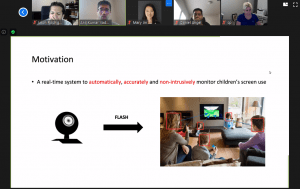
Motivation behind FLASH- a real time system to automatically, accurately and non-intrusively monitor children’s screen use.
Anil stated that they have 95% average accuracy in detecting faces, some obstacles being that the environment is not appropriately lit or the face is partially visible. If he had an endless amount of money and time, Anil would like to be able to increase the amount of test subjects to increase the reliability of the research conducted.
Guess who’s back? Back again- Jimmy’s back!
Jimmy Newland, my mentor from last summer presented this week. He is conducting research for his PhD and his presentation introduced us to the idea of how powerful Research Experience for Teachers can be for improve teacher’s knowledge and skills. A bit of background about Jimmy, he is a Physics, Astronomy and Computer Science teacher at Bellaire High School. Also, he highlighted how valuable Cognitive Load Theory(CLT) can be in the classroom, I will definitely be using that! The presentation went over Jimmy’s research experience as an RET, his published lesson plan on the Teach Engineering website and his own PhD research scope. I thoroughly enjoyed his presentation and his energy. I hope to see him again in action as a professor.
To conclude this week, I started early on the Kaggle’s course and I hope to complete it by today. I’m excited to work with Mary to start on gaze detection using Machine Learning. I’m also very thankful that @Daniel Angel was able to invite a friend that will talk to us about Google’s Deep Mind- it will be a once in a lifetime experience. Looking forward to next week.


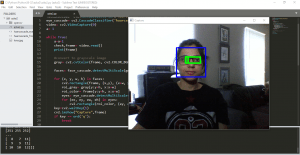
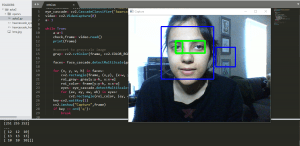
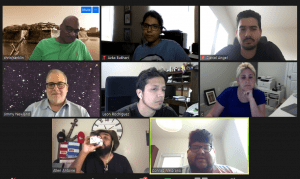
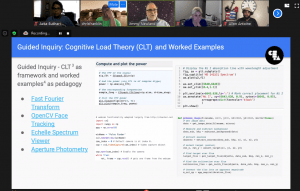
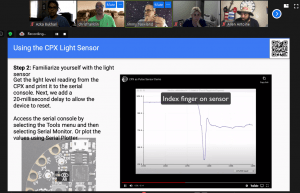
4 Responses to Open Sesame (CV)